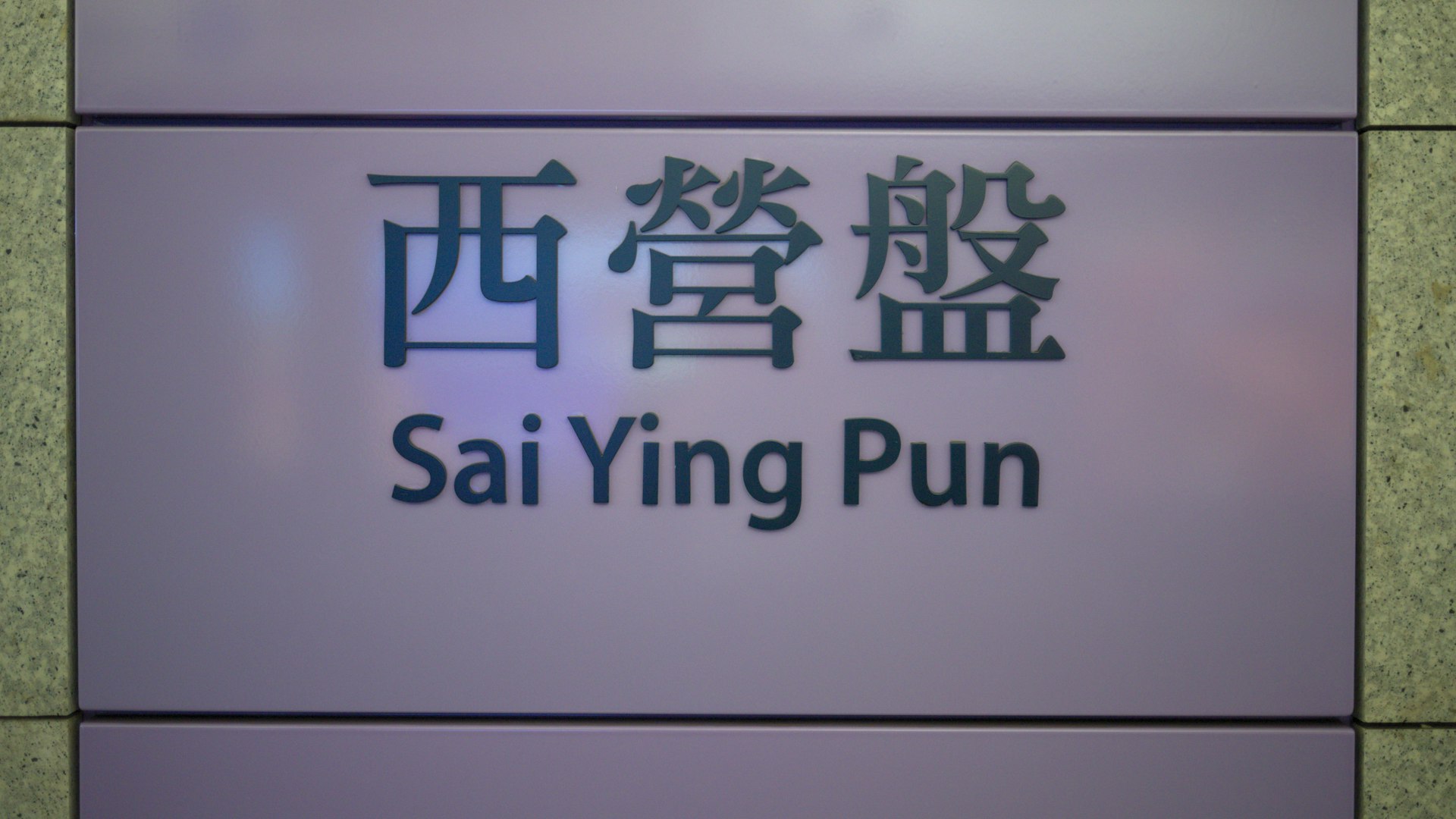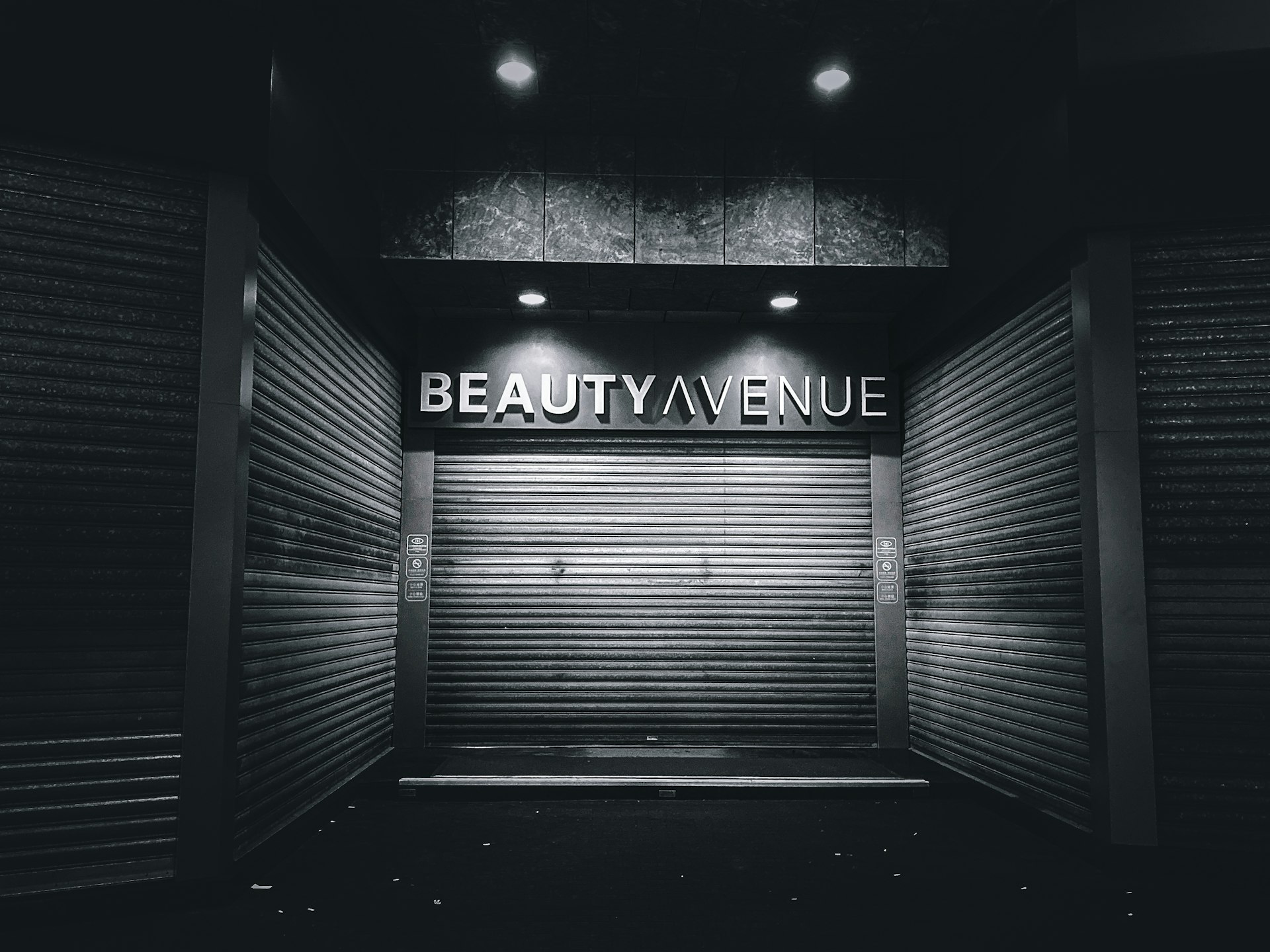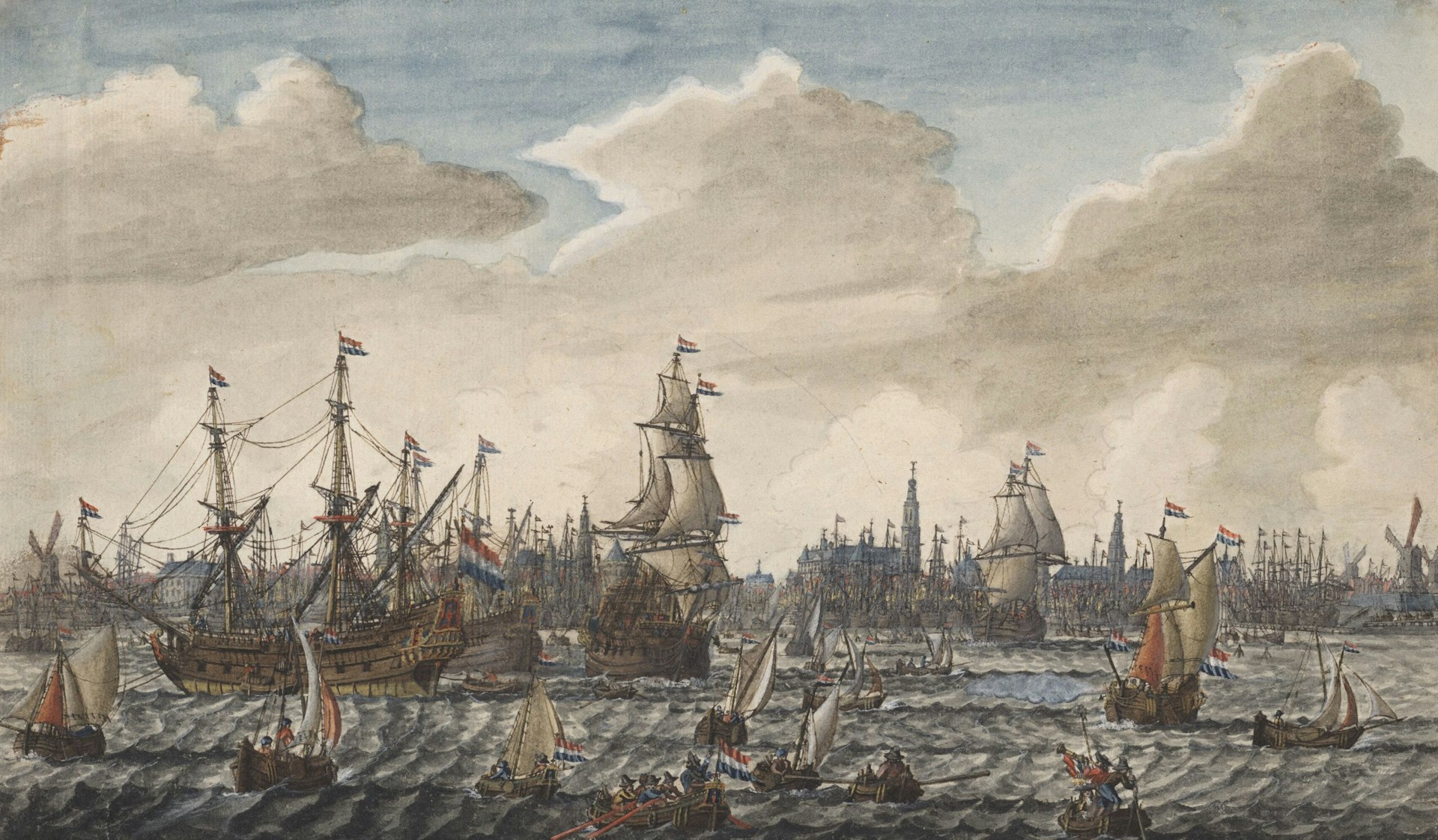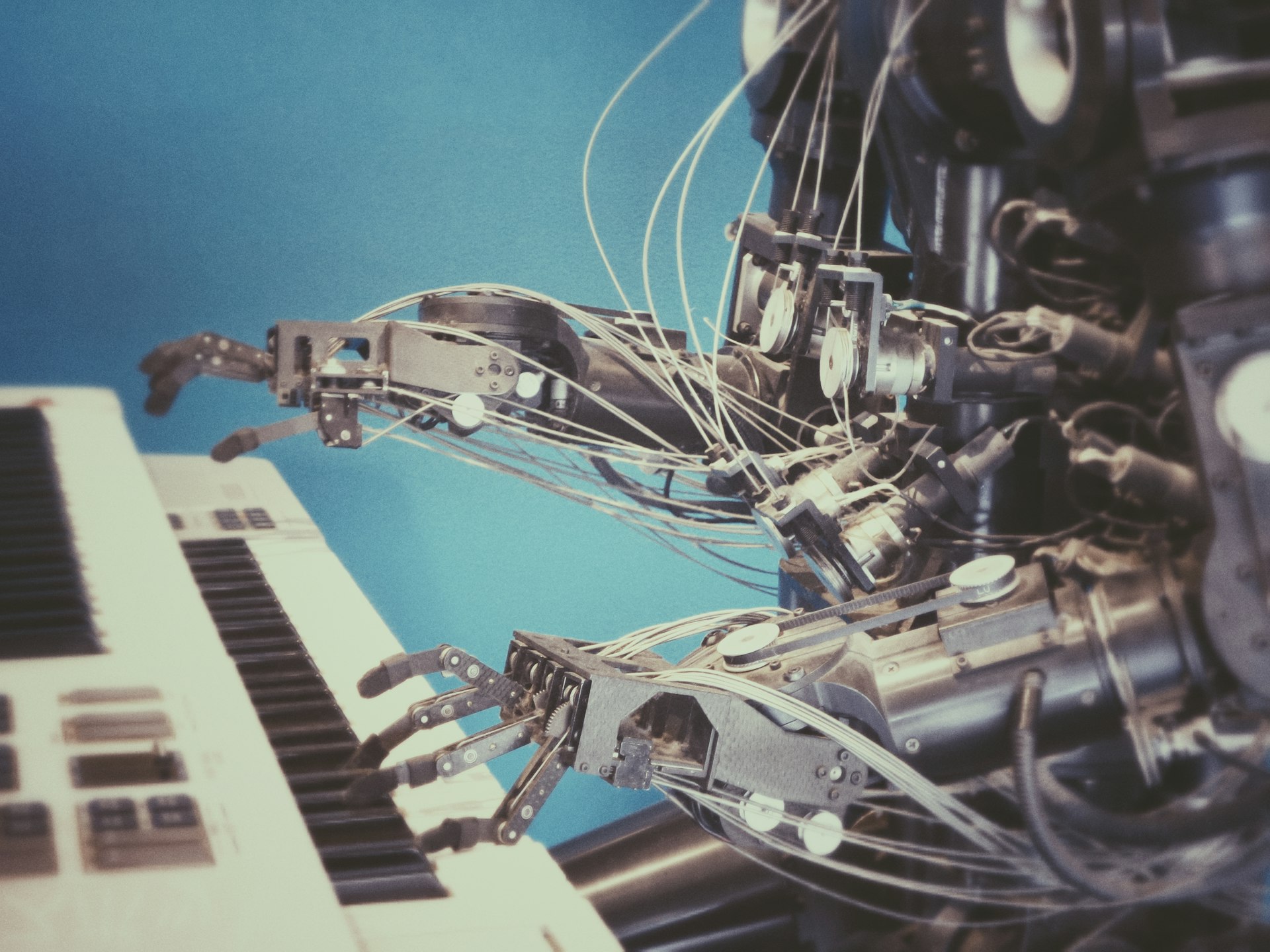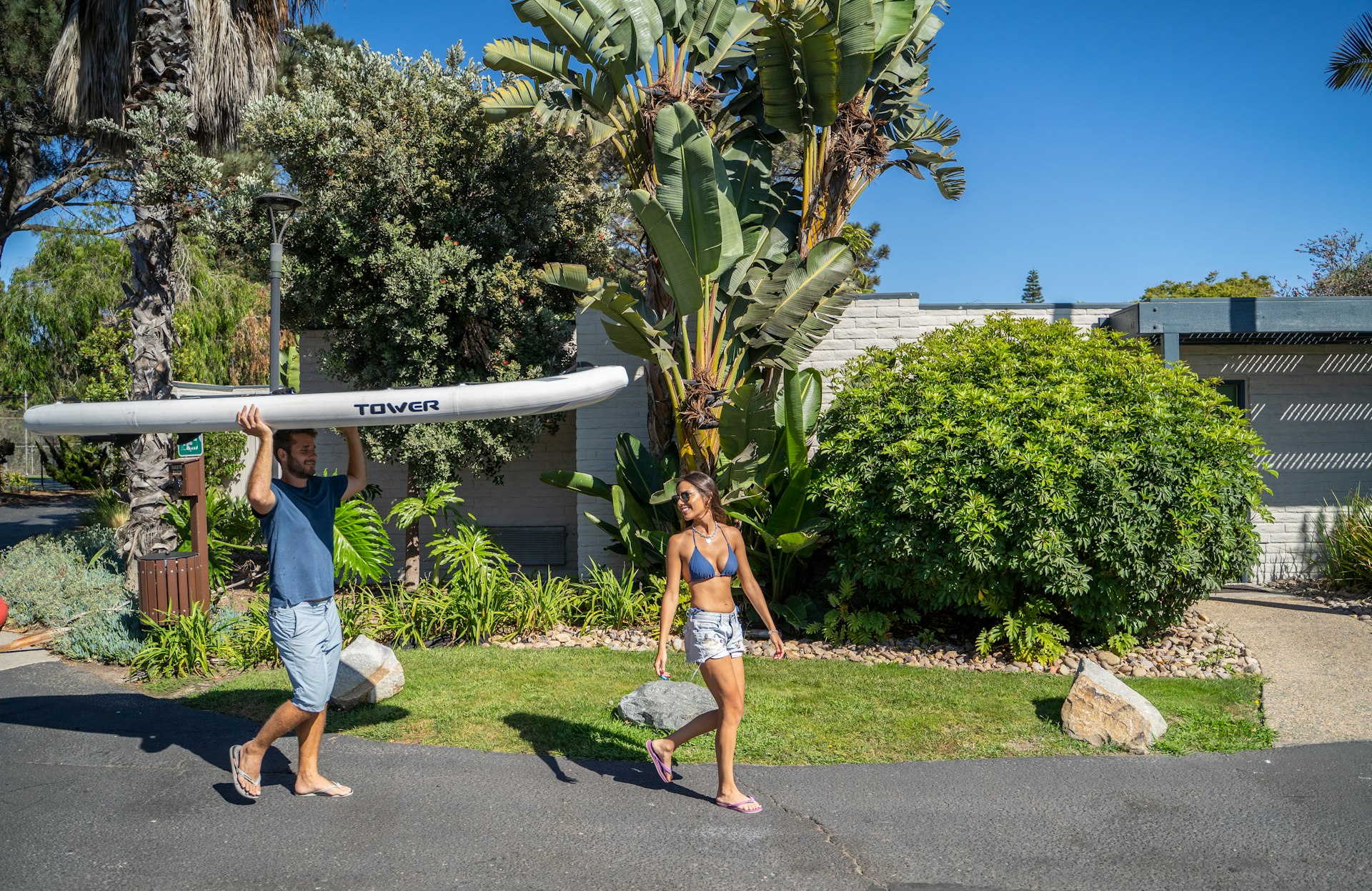Understanding the Evolution of Gender Roles: From Tradition to Modern Society

Photo by The New York Public Library on Unsplash
Introduction: The Shaping of Gender Roles Over Time
Gender roles-societal expectations for behavior based on perceived sex-have a long and complex history. While most cultures have historically aligned these roles with biological sex, the definitions and expectations have evolved dramatically, shaped by economic, political, and cultural shifts. Understanding this evolution can help individuals and organizations navigate today’s dynamic society more effectively. This article explores the origins, key historical milestones, global perspectives, and practical implications of changing gender roles, offering actionable steps for those seeking to promote equality and adapt to ongoing change.
Origins of Gender Roles in Early Societies
In many early societies, gender roles were tied closely to division of labor. Men were often hunters or warriors, while women managed domestic tasks and child-rearing. These distinctions were partially based on biological factors but were reinforced and codified by cultural traditions. Over time, these roles became more rigid, with laws and customs limiting the freedoms and opportunities available to each gender. For example, English common law in the 18th century effectively subsumed a woman’s legal existence into her husband’s upon marriage, restricting her rights and autonomy [1] .
Historical Milestones and Social Change
Throughout the 18th and 19th centuries, both legal structures and social expectations placed women in the “private” sphere (home and family), while men dominated the “public” sphere (work and politics) [4] . Key events began to challenge these norms:
Property Rights and Suffrage: In 1839, Mississippi became the first U.S. state to grant married women limited property rights, and Britain’s Married Women’s Property Act of 1870 expanded these rights in the UK [1] , [2] . The Seneca Falls Convention in 1848 marked a pivotal moment in the fight for women’s legal and voting rights [1] .
Education and Work: By the late 19th century, industrial development drew more women into the workforce, especially in factories. Legal restrictions began to loosen: women were admitted to universities (albeit without degrees at first) and gradually entered new professions [2] . Victorian gender ideology-“separate spheres” for men and women-was challenged by the emergence of the “New Woman,” a figure who sought independence and public engagement [3] .
Political and Social Movements: The 20th century saw major advances, including women’s suffrage (e.g., U.S. women gained the right to vote in 1920), civil rights movements, and the rise of feminism. These movements fought for equal rights in education, employment, and politics, leading to landmark legislation and greater gender parity [1] .
Global Perspectives: Variations and Third Gender Recognition
While many Western societies historically recognized only two genders, anthropological research shows significant variation worldwide. For instance, the Arapesh people of New Guinea saw men and women as having similar societal roles and equal responsibility for child-rearing. In precontact Hawaii, the
mÄhÅ«
-individuals who embodied both masculine and feminine qualities-were recognized as a third gender and often held respected positions. In Indonesia, the Bugis people acknowledge five distinct gender roles, including
calalai
and
calabai
(people assigned female or male at birth but who take on opposite gender roles), and
bissu
, who are seen as transcending gender
[3]
.
These examples underscore that gender roles are not universal nor fixed, but shaped by cultural, historical, and social forces.
Modern Shifts: The 20th and 21st Centuries
Recent decades have seen unprecedented changes. Women now routinely pursue higher education, professional careers, and leadership positions. Men are increasingly involved in parenting and domestic work, and family structures have diversified (e.g., more single-parent households, same-sex couples with children) [4] .
Legislation, such as anti-discrimination laws and family leave policies, has supported more equitable participation. However, challenges remain: the gender pay gap, underrepresentation in certain fields, and persistent stereotypes continue to affect opportunities and outcomes [3] .
Practical Steps for Navigating Gender Roles Today
For individuals and organizations seeking to promote equality and adapt to evolving gender dynamics, consider the following:
- Education and Awareness: Encourage ongoing learning about the history and impact of gender roles. Offer training to recognize and reduce unconscious bias in hiring, promotion, and daily interactions.
- Policy Review: Assess workplace policies for equity in pay, parental leave, advancement, and harassment prevention. Consult with human resources or diversity experts to ensure compliance with local and federal laws.
- Support Networks: Establish or participate in professional networks, mentorship programs, and affinity groups to foster inclusion and support career growth for all genders.
- Advocacy: Support or join organizations that champion gender equality. For guidance on U.S. legal rights and history, you may consult resources provided by the National Women’s History Alliance or your local women’s rights organizations. If you need to connect with advocacy resources, consider searching for reputable organizations in your region or contacting your local government’s human rights office.
It’s important to remember that while laws provide frameworks for equality, cultural attitudes and practices may lag behind. Change often requires both policy and persistent social engagement.
Alternative Pathways and Overcoming Challenges
Barriers to equality may include workplace discrimination, traditional stereotypes, or lack of access to resources. If you encounter obstacles:
- Document any discriminatory incidents and seek support from trusted colleagues or advocacy groups.
- Familiarize yourself with your rights under local, state, and federal law. For U.S. residents, the Equal Employment Opportunity Commission (EEOC) provides guidance and complaint procedures. You can find official information by searching for “EEOC” or visiting the U.S. Equal Employment Opportunity Commission’s website.
- Consider workplace mediation or legal support when necessary. Community legal aid organizations may be available in your area; search for “legal aid” and your city or state to find services.
Alternative approaches include fostering open dialogue within organizations, implementing anonymous reporting channels, or collaborating with external consultants to assess and improve workplace culture.
Key Takeaways
The history of gender roles demonstrates that expectations for men and women are not static, but evolve in response to societal needs and values. Today, there is greater recognition of gender diversity and a stronger push toward equality in both law and practice. Achieving meaningful progress requires awareness, advocacy, and ongoing effort at both the individual and institutional levels.

Photo by Markus Winkler on Unsplash
References
MORE FROM resultsdiscount.com

